Airlines of the past-Indian Airlines
- Maanav Parikh
- Oct 1, 2024
- 6 min read
Updated: Oct 16, 2024
Picture via Air Tickets History
If I were to ask you what airlines operated during the pre-liberalization era in India, one might assume it is Air India, and they aren't wrong. But another airline that was far larger and once one of the largest domestic airlines in Asia. An airline, that was not just a name, but an emotion for millions and most likely, the first airline they ever flew with. Yes, In this blog, we will be talking about the erstwhile Indian Airways, in this Airlines of the Past feature.
Inception
Indian Airlines Viscout
Picture via Pinterest
If you thought private airlines in India only existed post-1991, think again! Pre Independence and even sometime after Independence there were a myriad of private carriers that were operating in India at that time. However, come 1953 the government issued the Airline Corporations Act as the country moved towards socialist policies. With this act, The airline industry will be completely nationalized. With this in effect, the domestic carriers operating at the time including Deccan Airways, Airways India, Bharat Airways, Himalayan Aviation, Kalinga Airlines, Indian National Airways, and Air Services of India along with the domestic wing of Air India merged and the newly merged entity became Indian airlines corporation making it the sole domestic carrier of India while Air India handled international long haul flights. This merged entity had a fleet of 74 DC-3s, 12 Vickers Vikings, and 3 DC-4s. Around this time, the airline also set up its network pattern in such a way that the bigger planes focused on serving the big city trunk routes like that of Kolkata-Delhi or Chennai-Mumbai and used the smaller airplanes elsewhere.
Initial Challenges and Growth
Indian Airlines F-27s used on Regional routes
Picture from Frank Ellemers Collection via aviation-safety.net
On the surface, things may be looking good for Indian airlines, but they were far from it. Having 8 airlines operating under one roof was sheer managerial hell for the airline and was the perfect recipe for disaster as the airline faced the challenges of inefficiency, a badly maintained fleet, and 3 DC-3s crashing within a short period. However, despite this, the airline started to modernize its fleet with the addition of the popular Vickers Viscount 768s which went on to become the first true mass transport airliner serving key trunk routes. It also added the de Havilland 114 Herons for its secondary routes. Around this time, the airline purchased both, the Fokker F-27 and the Hawker-siddley 768s with the latter being produced in India to replace the DC3s.
Indian Airlines HS-768s which were produced in India
Picture by Demo Borstell via Planespotters.net
However, due to their inability to fly to select regional airports in India, the DC-3s remained with the airline till the 70s.
Indian Airlines entered the jet age with the advanced French-maden Caravelle jets in the mid-60s. Despite the extraordinary performance of these jets, they were extremely unreliable which prompted the airline to order the much larger and reliable 737-200s which went on to become the workhorse of the fleet.
An Indian Airlines Caravelle
Picture by Jimmy Wadia via Planespotters.net
70's- Setback and comeback
The workhorse of Indian Airlines, the Boeing 737-200
Picture via TeamBhp
The early 70s was not a good time for the airline as the airline faced operational challenges and the effects of the Indo-Pak were ongoing during that time. As a result of this, the airline posted its biggest loss and to add more fuel to the fire, it had suffered a few plane crashes which led to low morale. However, the company was quick enough to respond by stabilizing operations and retiring its old fleet.
The Indian Airlines Flagship, the A300
Picture via AirlineReporter
Around this time, however, a new upcoming airline manufacturer pitched its new airliner to the airline in an effort to sell its jet which had seen a bit of a slump and a lack of interest due to being the new kid on the block. Despite the jet being too big for its needs, the airline took a bold and historic move to order 3. Yes, I am indeed talking about the historic Airbus A300 order by Indian Airlines which shocked the world. These jets would enter service in 1976 on the airline's trunk routes to Mumbai, Delhi,Chennai, Bengaluru, and Kolkata. The loads were always above 90 percent on these A300 trunk routes and services were upgraded on these flights to enhance the passenger experience. The airline went on to operate a further 9 of the type. Despite being a primarily domestic airline and with the situation stabilizing in the region, Indian Airlines also served flights to India's neighboring countries. These flights stretched from Kabul in the north, Katmandu, Yangoon, Dhaka, and Chittagong in the east, Karachi and Lahore in the west, and Colombo and Male in the West
80s- Further Growth
A Vayudoot Dornier 228 serving regional flights
Picture via Jimmy Wadia via JetPhotos.net
The 80s was a good period for Indian Airlines as the airline saw rising passenger numbers due to a growing middle class in the country. It was also considered one of the largest domestic airlines in Asia. Around this time. it further expanded its operations to Bangkok and Singapore from Kolkata and Chennai respectively.
In 1981, the airline along with Air India formed a new airline, Vayudoot, which focused on serving smaller, regional airports in India and acting as a feeder to Indian Airlines flights. With an initial intent to purchase the Boeing 757, the career ended up ordering the Airbus A320 jets with the first one arriving in 1989.
An Indian Airlines A320 in its old livery
Picture by Aiel via Flickr
The A320s Indian Airlines used were much different and special compared to other airlines due to one reason. You see, the A320s normally had a single bogey landing gear however the ones delivered to Indian Airlines had a double bogey which was done to ease pressure on Indian runways which had a lower pavement classification as the weight was evenly distributed. By the end of the decade, the airline would also add flights to Malaysia.
90s- Here come the Private Players
An Alliance air 737-200
Picture via Flickr
The long-standing domination of Indian Airlines would finally come to an end after the 1991 economic liberalization as private airlines like Jet Airways and Air Sahara would enter the playing field. This caused Indian airlines to incur losses on and off during the decade as the Indian public was spoilt for choices and did not have to stick with one particular airline. The airline also had to face the wrath of labor union strikes which caused major schedule disruptions. However, around this time, the airline would add services to the gulf from major Tier-2 and South Indian cities in India to further improve connectivity to the area. The airline also opened a new feeder airline, Alliance Air, to better utilize its 737s eventually merging it with the already established Vayudoot. The airline experienced one of its most infamous incidents in 1999 when IC-814 from Nepal to Delhi was hijacked and taken to Afghanistan. The hijack would end up lasting 5 days and also put a dent in the airline's reputation.
A new era
An Indian Airlines A320 in the new livery
Picture via Aviation Flights
The new millennium brought in more challenges for the already struggling airline as not only airlines like Jet Airways started to increase its dominance but the industry was seeing a rise of low-cost carriers like Air Deccan and Indigo which provided cheap fares that were no match to the erstwhile airlines fares. In order to revitalize its image, Indian Airlines shed its old identity and came back with a new, fresh orange and blue livery dropping "Airlines" from its name along the way. It also placed an additional order for 40 Airbus jets which also included the induction of the A319s and A321s. This seemed to work well for the airline as the airline went on to make record profits in 2005.
An Indian Airlines A319
Picture by Aiel via Flickr
End of the road
Picture via India Today
Managing an airline is a tough job, let alone 2 airlines in one of the largest countries in the world plagued with a multitude of issues. The government already had realized this earlier and had made efforts to streamline its operations by merging Indian Airlines with Air India post-1991 with no success. It also seeked to sell a stake of the airline to a private investor but nobody was ready for a public-private partnership let alone in the airline industry. However, their prayers were answered in 2007 as both, AIr India and Indian Airlines merged into one entity, AIr India Limited marking an end of the road for one of the oldest and largest airlines India had seen which pioneered domestic flying for an entire generation.
.png)
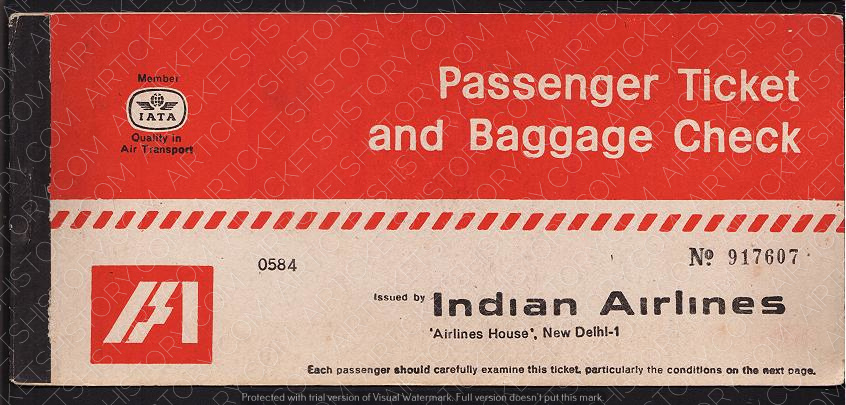
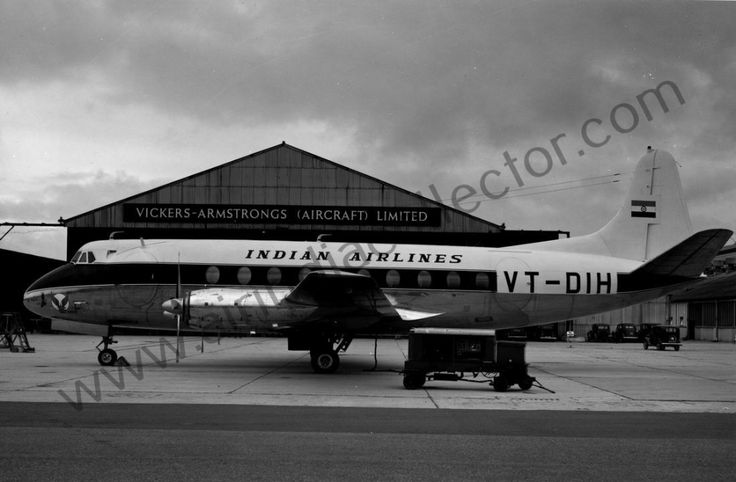


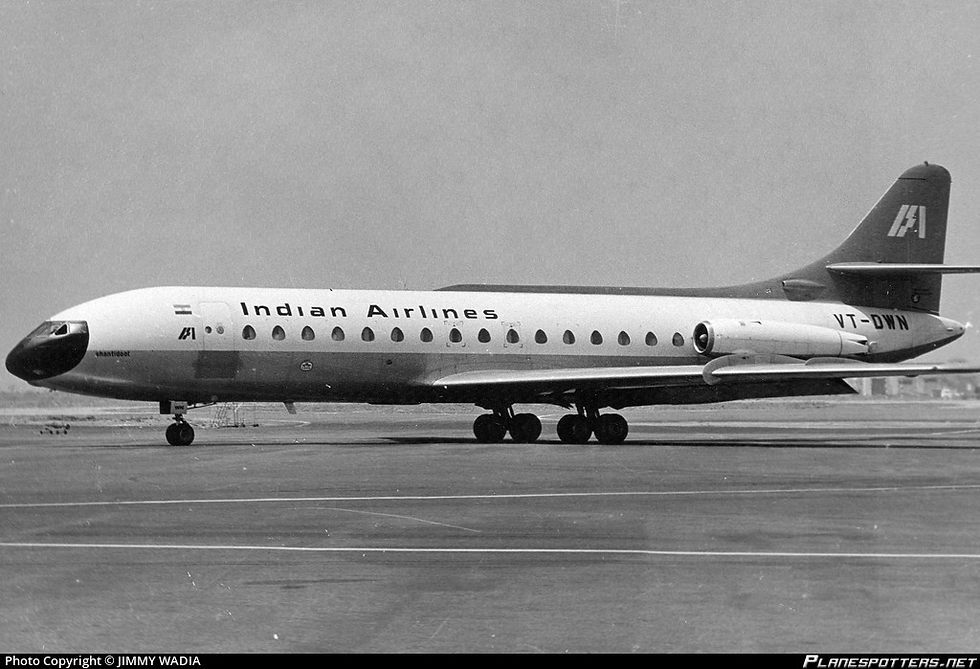

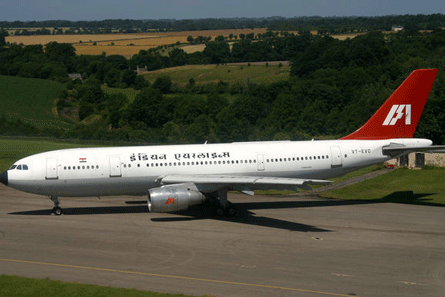



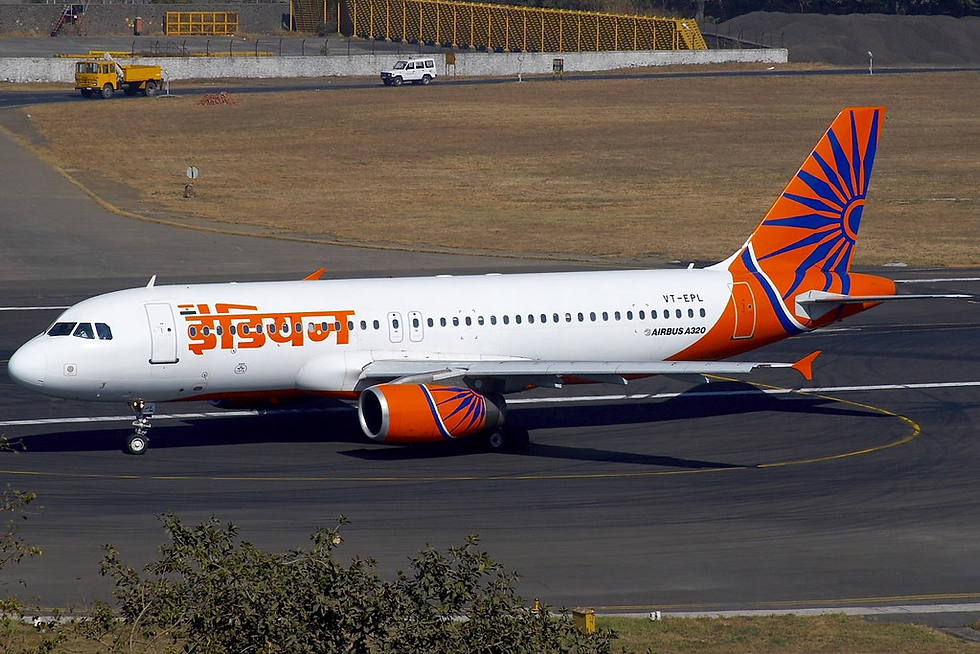


Comments